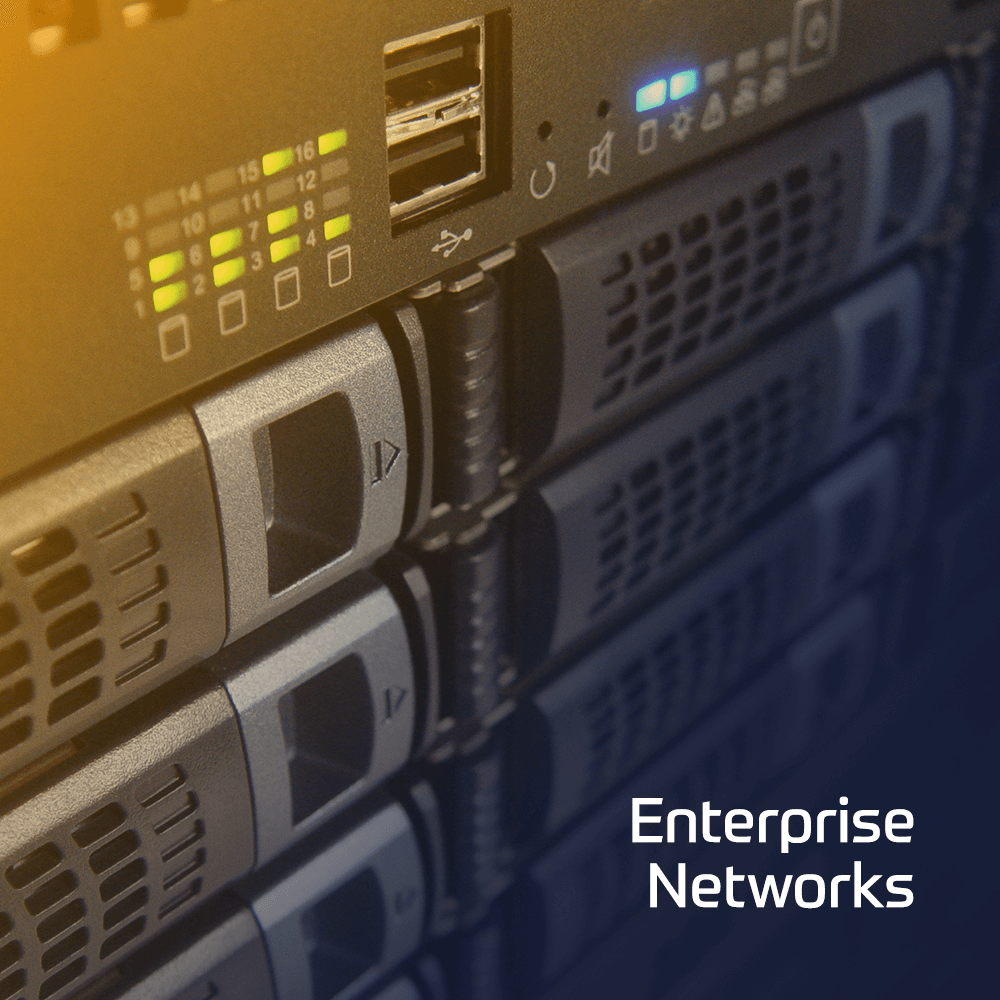Demonstrate an understanding of the Check Point Harmony Endpoint solution, including its features and capabilities. Apply knowledge and skills gained during training to manage and protect a Harmony Endpoint solution.
Contact Us
We would love to hear from you. Please complete this form to pre-book or request further information about our delivery options.
 Duration
Duration 2 Days
 Delivery
Delivery (Online and onsite)
 Price
PricePrice Upon Request
- Describe Check Point Infinity’s Consolidated Security Architecture.
- Explain the difference between the Harmony Endpoint On-Premises and Cloud management environments.
- Identify the main components of the Harmony Endpoint Security Architecture.
- Identity the basic workflow for Harmony Endpoint Security Management.
- Give examples of useful resources for Harmony Endpoint Security Management.
- Log in to the Web Management Console.
- Navigate the Web Management interface to gain a basic understanding of the features and capabilities Harmony Endpoint provides for security management.
- Discuss situations where it might be necessary to change default policy rules.
- Identify recommended releases for a Harmony Endpoint Client deployment.
- Identify deployment prerequisites.
- Given a deployment scenario, identify deployment methods, Endpoint Client packages, and the basic workflow.
- Recognize the different types of data security available to deploy.
- Describe how Full Disk Encryption protects and recovers data that is accessed and stored on Endpoint computers.
- Identify how to secure removable media devices and protect ports.
- Identify remote help and recovery capabilities.
- Discuss the challenges of threat prevention.
- Identify how Harmony Endpoint defends networks against advanced threats.
- Identify the key components in Harmony Endpoint simplified and large-scale deployments.
- Identify sizing guidelines for Harmony Endpoint deployments.
- Give examples of how to expand the solution with Super Nodes and External Policy Servers.
- Identify the additional capabilities that High Availability (HA) and Active Directory configurations support.
- Identify useful resources for basic troubleshooting.
- Give examples of potential problems or issues that might occur when using Harmony Endpoint.
- Investigate and troubleshoot basic Harmony Endpoint troubleshooting scenarios.
- Define Harmony Endpoint Management as a Service.
- Explain the set-up process for Harmony Endpoint Management as a Service.
- Discuss the workflow when migrating from Endpoint On-Premises to Endpoint Management as a Service
- Introduction to Harmony Endpoint
- Deploying Harmony Endpoint
- Data Security Protection
- Harmony Endpoint Security Management
- Troubleshooting
- Advanced Threat Prevention
- Large-Scale Harmony Endpoint Deployment
- Harmony Endpoint Management as a Service
Exercises:
- Install the Endpoint Security Management Server
- Deploy an Endpoint Security Management Server
- Configure Endpoint for Deployment
- Deploy Endpoint Security Clients to Hosts
- Test and Analyze Threat Response
- Configure LDAP Strong Authentication
- Deploy a Secondary Endpoint Security Management Server
- Troubleshoot Endpoint Communication Issues
- Migrate from On-Premises to Endpoint Management as a Service (Optional)
- Connect Existing Hosts to Endpoint Management as a Service (Optional)
This course is designed for Security Administrators who are responsible for deploying and managing a Harmony Endpoint security solution.
Working knowledge of Unix-like and/or Windows operating systems, networking fundamentals, networking security, TCP/IP networking, administration.
- Describe Check Point Infinity’s Consolidated Security Architecture.
- Explain the difference between the Harmony Endpoint On-Premises and Cloud management environments.
- Identify the main components of the Harmony Endpoint Security Architecture.
- Identity the basic workflow for Harmony Endpoint Security Management.
- Give examples of useful resources for Harmony Endpoint Security Management.
- Log in to the Web Management Console.
- Navigate the Web Management interface to gain a basic understanding of the features and capabilities Harmony Endpoint provides for security management.
- Discuss situations where it might be necessary to change default policy rules.
- Identify recommended releases for a Harmony Endpoint Client deployment.
- Identify deployment prerequisites.
- Given a deployment scenario, identify deployment methods, Endpoint Client packages, and the basic workflow.
- Recognize the different types of data security available to deploy.
- Describe how Full Disk Encryption protects and recovers data that is accessed and stored on Endpoint computers.
- Identify how to secure removable media devices and protect ports.
- Identify remote help and recovery capabilities.
- Discuss the challenges of threat prevention.
- Identify how Harmony Endpoint defends networks against advanced threats.
- Identify the key components in Harmony Endpoint simplified and large-scale deployments.
- Identify sizing guidelines for Harmony Endpoint deployments.
- Give examples of how to expand the solution with Super Nodes and External Policy Servers.
- Identify the additional capabilities that High Availability (HA) and Active Directory configurations support.
- Identify useful resources for basic troubleshooting.
- Give examples of potential problems or issues that might occur when using Harmony Endpoint.
- Investigate and troubleshoot basic Harmony Endpoint troubleshooting scenarios.
- Define Harmony Endpoint Management as a Service.
- Explain the set-up process for Harmony Endpoint Management as a Service.
- Discuss the workflow when migrating from Endpoint On-Premises to Endpoint Management as a Service
- Introduction to Harmony Endpoint
- Deploying Harmony Endpoint
- Data Security Protection
- Harmony Endpoint Security Management
- Troubleshooting
- Advanced Threat Prevention
- Large-Scale Harmony Endpoint Deployment
- Harmony Endpoint Management as a Service
Exercises:
- Install the Endpoint Security Management Server
- Deploy an Endpoint Security Management Server
- Configure Endpoint for Deployment
- Deploy Endpoint Security Clients to Hosts
- Test and Analyze Threat Response
- Configure LDAP Strong Authentication
- Deploy a Secondary Endpoint Security Management Server
- Troubleshoot Endpoint Communication Issues
- Migrate from On-Premises to Endpoint Management as a Service (Optional)
- Connect Existing Hosts to Endpoint Management as a Service (Optional)
This course is designed for Security Administrators who are responsible for deploying and managing a Harmony Endpoint security solution.
Working knowledge of Unix-like and/or Windows operating systems, networking fundamentals, networking security, TCP/IP networking, administration.
- ` Date on Request

 Finland
Finland Germany
Germany Denmark
Denmark Sweden
Sweden Italy
Italy Netherlands
Netherlands Norway
Norway 

























